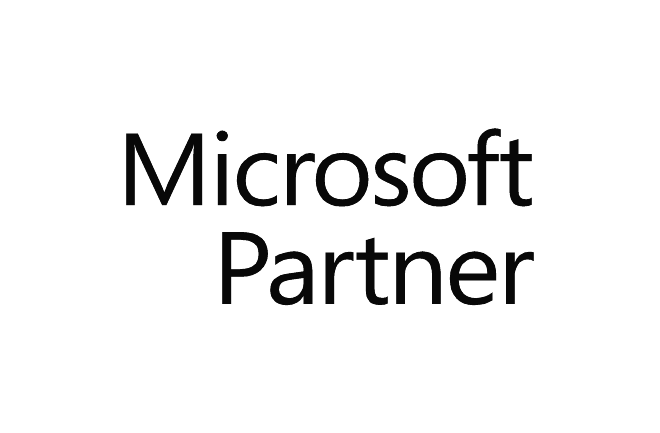Course outline
© Microsoft MS-700 Duration : 4 days |
The Managing Microsoft Teams course is designed for persons who are aspiring to the Microsoft 365 Teams Admin role. A Microsoft Teams administrator plans, deploys, configures, and manages Microsoft Teams to focus on efficient and effective collaboration and communication in a Microsoft 365 environment. In this course, you will learn about various Teams management tools, security and compliance feature for Teams, network requirement for Teams deployment as well as different Teams settings and policies for managing collaboration and communication experience in Teams. Training(s) to go further: | |
Audience | Students in this course are interested in Microsoft Teams or in passing the Microsoft Teams Administrator Associate certification exam. |
Prerequisites |
|
Objectives | The objectives of the Microsoft Teams Associate certification exam are to plan, deploy, and manage teams, chat, apps, channels, meetings, audio/video conferencing, live events, calling, and Teams certified devices. Microsoft Teams administrators must also be able to integrate Microsoft Teams with SharePoint, OneDrive, Exchange, Microsoft 365 Groups, and other Microsoft, third-party, and custom apps. They must understand and collaborate with other workloads and roles such as Network, Voice, Identity, Access, Devices, Licensing, Security, Compliance, Information management and User Adoption. |
Contents | Learning Path 1: Get started with managing Microsoft Teams
Learning Path 2: Prepare the environment for a Microsoft Teams deployment
Learning Path 3: Manage chat, teams, channels, and apps in Microsoft Teams
Learning Path 4: Manage meetings and calling in Microsoft Teams
|

